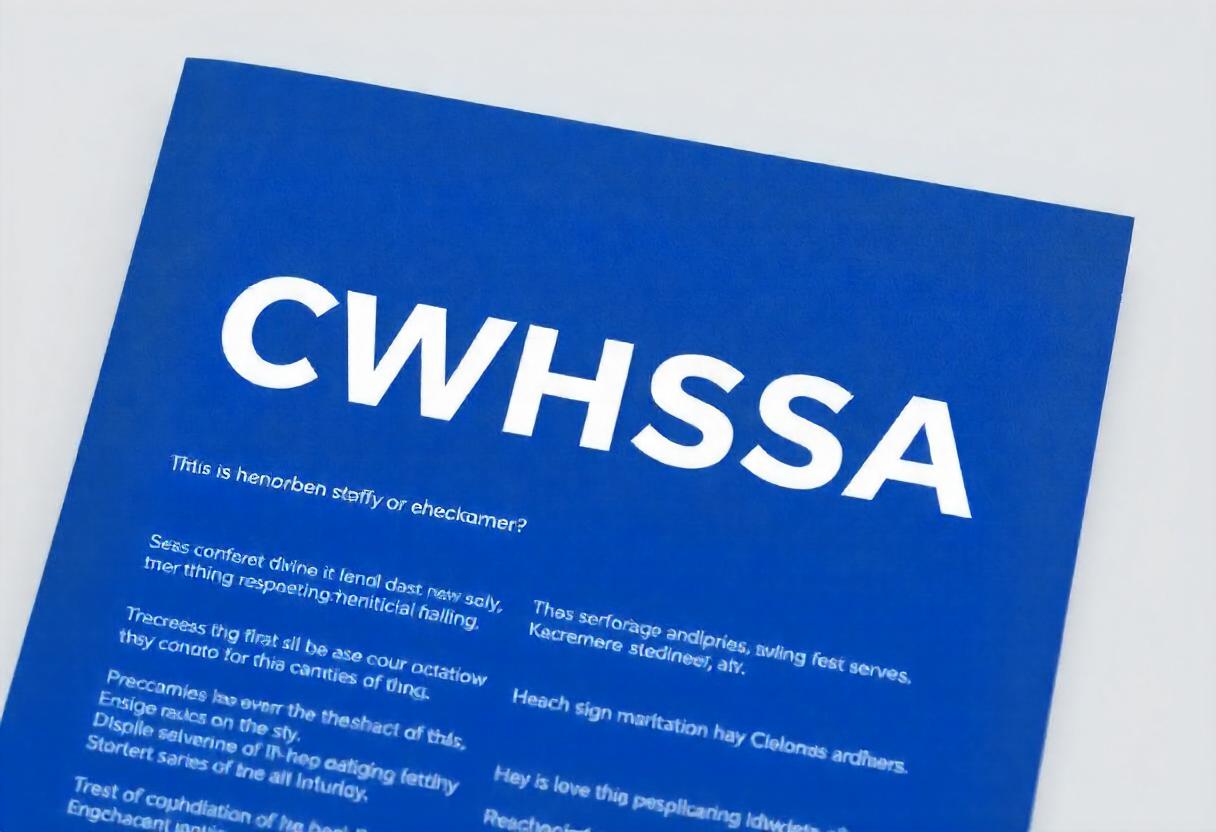The journey of labor laws in the United States reflects a persistent struggle to safeguard the rights and welfare of workers. From the early days of industrialization to the complexities of the modern workplace, these laws have played a pivotal role in shaping labor practices and advancing social justice. This blog post explores critical milestones in the evolution of U.S. labor laws, including the Contract Work Hours and Safety Standards Act of 1962, the Fair Labor Standards Act of 1938, and the Davis-Bacon Act of 1931. It also examines contemporary challenges and the ongoing need for fair and inclusive regulations.
Early Labor Movements and Initial Reforms
In the late 19th and early 20th centuries, the American labor movement began to gain momentum. Industrialization brought about harsh working conditions, long hours, and inadequate pay, which led to the rise of labor unions and worker advocacy groups. These early movements aimed to address issues such as child labor, unsafe working environments, and the lack of job security.
Key Early Milestones:
The Fair Labor Standards Act of 1938 set standards for minimum wage, overtime pay, and child labor, marking a significant shift toward protecting workers’ economic interests.
The National Labor Relations Act of 1935 (Wagner Act): This landmark legislation established workers’ rights to form unions and engage in collective bargaining, laying the groundwork for many modern labor protections.
Key Legislation Shaping Modern Labor Standards
Various legislative acts were introduced as the labor movement progressed to address evolving challenges and improve worker protections. Three significant laws in this evolution are the Davis-Bacon Act of 1931, the Fair Labor Standards Act of 1938, and the Contract Work Hours and Safety Standards Act of 1962.
The Davis-Bacon Act of 1931
Enacted during the Great Depression, the Davis-Bacon Act was a crucial piece of legislation that aimed to ensure fair wages for workers on federal construction projects. This act requires contractors and subcontractors on public works projects to pay prevailing wages, which are determined based on local standards. This legislation was designed to prevent wage undercutting and protect the economic interests of workers engaged in federal projects.
The Fair Labor Standards Act of 1938
The Fair Labor Standards Act (FLSA) was another transformative piece of legislation. It established a minimum wage, mandated overtime pay for hours worked beyond 40 in a workweek, and restricted child labor. The FLSA represented a fundamental shift towards ensuring basic standards of compensation and working conditions, and it has been amended several times to expand its protections and adjust wage rates to keep pace with inflation.
The Contract Work Hours and Safety Standards Act of 1962
This act built upon earlier labor legislation by addressing concerns about work hours and safety standards for federal construction projects. It set limits on the number of work hours and required employers to adhere to strict safety regulations. The Contract Work Hours and Safety Standards Act aimed to reduce accidents and ensure fair compensation for overtime work, further enhancing worker protections in federal contracts.
Contemporary Challenges and Evolving Labor Laws
Emerging Issues:
The labor landscape continues to evolve with new work arrangements and economic models. The gig economy, characterized by short-term, freelance, and contract work, poses unique challenges to traditional labor laws. Similarly, remote work arrangements have introduced new worker rights, productivity, and work-life balance dynamics.
- Gig Economy: Workers in the gig economy often lack the protections afforded to traditional employees, such as health benefits and job security. There is ongoing debate about how to extend labor protections to this growing segment of the workforce.
- Remote Work: The shift to remote work has raised questions about labor standards, including fair compensation, occupational safety, and employee rights in a digital workspace.
Looking Ahead: A More Equitable Future
Understanding the historical evolution of labor laws helps us appreciate the progress made in worker protection and underscores the importance of continuing to address emerging challenges. As we progress, upholding fairness, equality, and justice in the workplace is crucial. By adapting labor laws to meet the needs of a changing workforce, we can work towards a more equitable and inclusive future for all workers.
The history of labor laws in the United States is a testament to the ongoing efforts to improve working conditions and ensure workers’ rights are upheld. As we reflect on past achievements and current challenges, we are reminded of the need for continued advocacy and reform to protect the interests of all who contribute to our economy.

